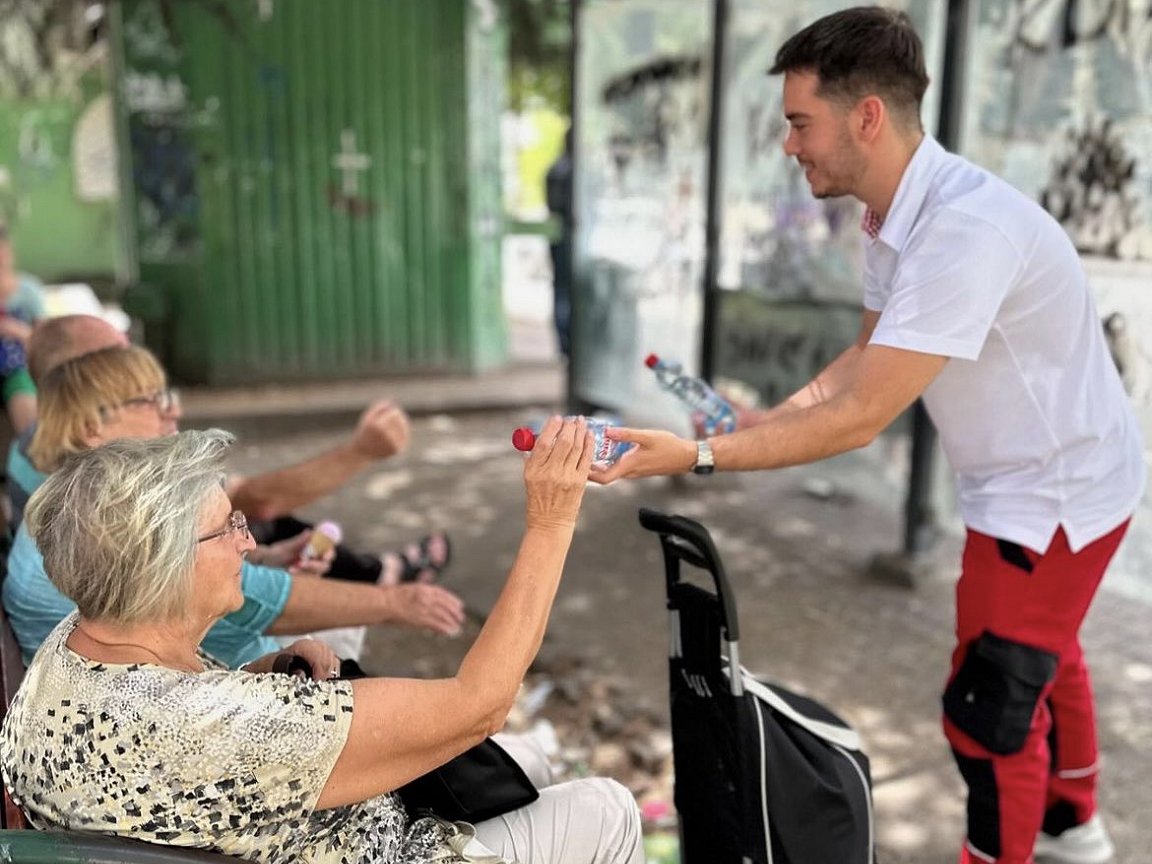
World Weather Attribution: A decade of disentangling what’s behind lethal extreme weather

By the Climate Centre
In a special report released last Thursday, World Weather Attribution scientists looked back at the ten deadliest events since the devastating European heatwave of 2003 – the first extreme-weather event to be formally attributed to human-induced climate change – when the scientific field of attribution began.
The general consensus then was that no single event can be attributed to human-caused climate change, so to address this WWA was founded ten years ago to provide scientific evidence on the role of climate change in the immediate aftermath of an extreme-weather event, when its causes are still being discussed by the general public and the media.
The WWA initiative, of which the Climate Centre is a partner, has been reporting on an increasing number of extreme weather events ever since – highlighting where climate change played a key role and where other factors were the main drivers.
Over these ten years, and partnering with local experts and national meteorological agencies, WWA scientists have developed protocols that allow the rapid evaluation of different kinds of extreme weather across the world.
They use weather observations, climate models and expert literature to analyse how climate change influenced the event, and what elements on the ground – the area the Climate Centre focuses on – turned it into an humanitarian disaster.
Findings are made public to help inform the conversations around the causes of the event, its impacts, and what needs to be done to reduce the damage and protect the population.
‘At the turn of the century, climate change was thought of as a distant threat. Now we have 20 years of science directly linking climate change with record-breaking heatwaves, droughts, wildfires and storms’
The events looked at in the new report include three tropical cyclones in the Indo-Pacific: Sidr, Nargis and Haiyan, four heatwaves in Europe, two heavy rainfall events in India and the Mediterranean, and drought in the Horn of Africa.
Together, these events caused more than 570,000 deaths, according to EM-DAT. “And in all of them we find the fingerprints of climate change,” WWA said last week.
They add: “The result underscores both how dangerous extreme-weather events have already become with 1.3°C of global warming, and the urgency of reducing emissions.”
With warming set to reach around 3°C by the end of this century unless current policies change, the hazards posed by events like those analysed will only increase.
Early warnings of coming extreme events that reach people in harm’s way and are followed up with early action are often the difference between life and death; maintaining infrastructure such as dams can help avoid the failures that routinely kill thousands of people.
“Some of the events we studied are unprecedented or extremely rare, surpassing the reasonable ability of any government to prepare and design for, representing limits to adaptation,” the team say.
“The inevitable losses and damages that occur as a result underscores the urgent need for mitigation to reduce the pace and number of these extremely rare events.”
It is striking that four of the ten deadliest recorded weather events of the last decade have been heatwaves in Europe – a wealthy region that is relatively well prepared for such events, but making it virtually certain that deadlier events in the Global South have gone unreported and unstudied.
Sjoukje Philip, a researcher at the Royal Netherlands Meteorological Institute, said Thursday: “At the turn of the century, climate change was often thought of as a faraway, distant threat. But today, we have 20 years of attribution science directly linking climate change with record-breaking heatwaves, droughts, wildfires and storms.
“The body of evidence linking extreme weather to climate change will continue to grow as the climate continues to warm and we develop more attribution methods.”
Four of the ten deadliest extreme-weather events of the last decade have been heatwaves in Europe, WWA scientists have found. Here, Red Cross volunteers in North Macedonia are out in the streets supporting vulnerable people with water, first aid and information on how to Beat the Heat. (Photo: North Macedonia Red Cross via IFRC)